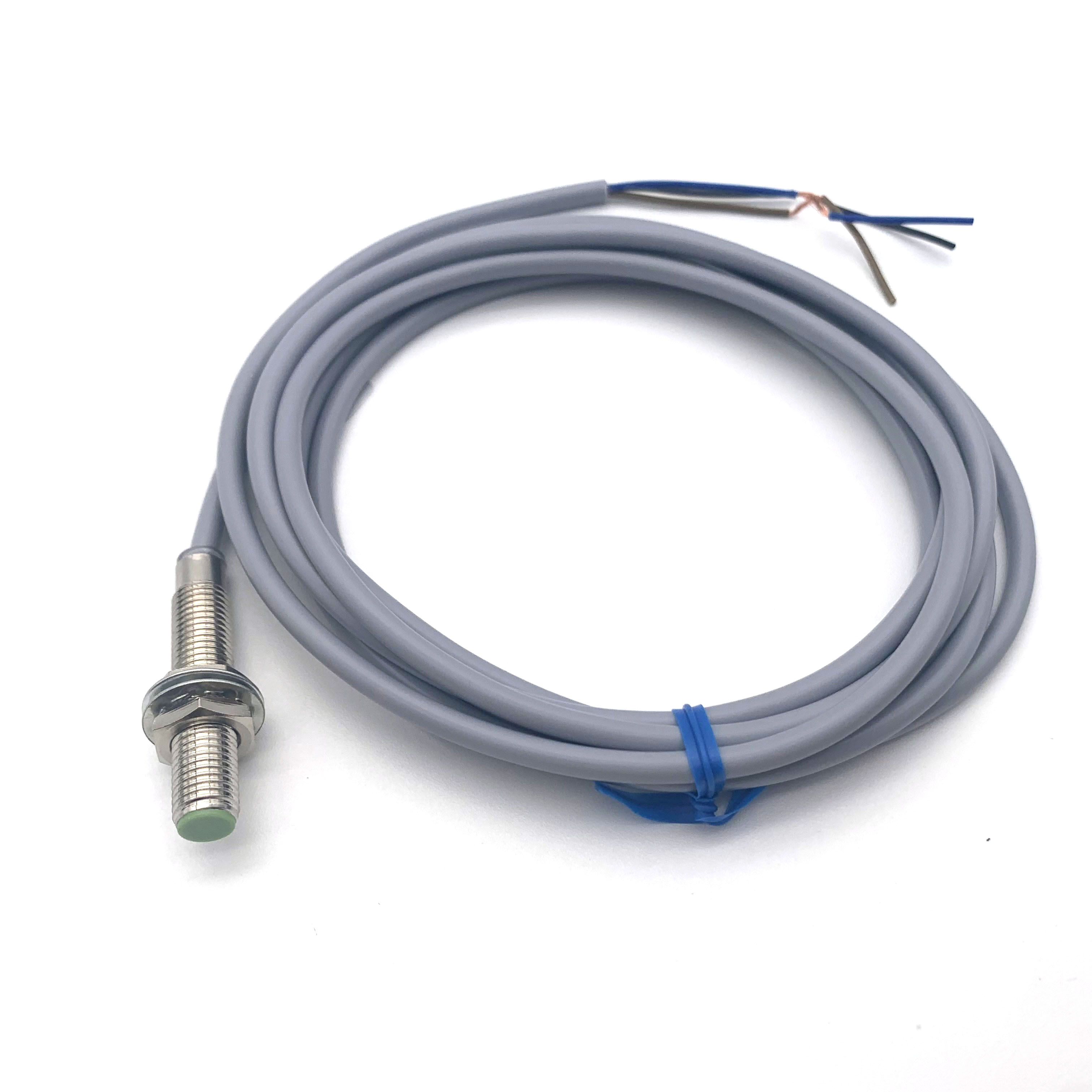
Privacy statement: Your privacy is very important to Us. Our company promises not to disclose your personal information to any external company with out your explicit permission.
Many applications in industrial automation (IA) require the ability to detect the presence and/or location of an object or human body without physical contact, so as not to restrict or limit the movement of the detected object. Proximity Sensors are ideal for this purpose. However, there are many types of proximity sensor, including electromagnetic, capacitive, inductive and optical. The material composition of the object being sensed can also affect the Sensor's ability to detect its presence. Some proximity sensors are suitable for detecting ferrous metals, others can detect any type of metal, and still others can detect any type of object, even human bodies. Potential users of proximity sensors in industrial automation applications need to understand the different types of proximity sensors and their suitability for specific detection situations.
Inductive proximity sensors are capable of detecting the presence of conductive (i.e., metallic) objects, and their detection range depends on the type of metal being detected. These sensors operate using high-frequency magnetic fields generated by coils in a resonant circuit. Conductive objects near a magnetic field create induction or eddy currents in them that form an opposing magnetic field, effectively reducing the inductance of the inductive sensor. Inductive proximity sensors operate in two ways. In the first way of operation, the induced current increases as the target approaches the sensor. This increases the load on the oscillating circuit, causing its oscillation to be damped or stopped. The sensor uses an amplitude detection circuit to detect changes in this oscillation state and outputs a detection signal.
Another possibility is to use the frequency change due to the presence of a conducting target instead of the amplitude change. The proximity of targets made of nonferrous metals, such as aluminum or copper, to the sensor results in an increase in oscillation frequency, while targets made of ferrous metals, such as iron or steel, result in a decrease in oscillation frequency. Changes in the oscillation frequency relative to the reference frequency will cause the initial state of the sensor to change.
Inductive proximity sensors use two induction coils (induction coil and reference coil) to measure the change in inductance caused by a target object near the induction coil. Inductive proximity sensors are ideal for non-contact proximity detection applications such as presence detection, event counting, and simple pushbuttons with a range of less than 10 mm (0.39 in.).
Proximity sensors use many types of technologies and are suitable for a wide range of applications. Depending on the type of sensor, they can detect metallic and non-metallic targets with ranges from a few millimeters to five meters or more. They are compact enough to work in tight spaces, and many of them are also suitable for use in harsh environments. There are a number of technology implementations on the market that offer users a variety of options for a wide range of proximity detection requirements.
Svlec's Sensor and Actuator work with many automotive manufacturers. Our I/O System, including Electronic Circuit Breaker, Distribution System, etc. are all available for pre-order.

LET'S GET IN TOUCH

Privacy statement: Your privacy is very important to Us. Our company promises not to disclose your personal information to any external company with out your explicit permission.

Fill in more information so that we can get in touch with you faster
Privacy statement: Your privacy is very important to Us. Our company promises not to disclose your personal information to any external company with out your explicit permission.